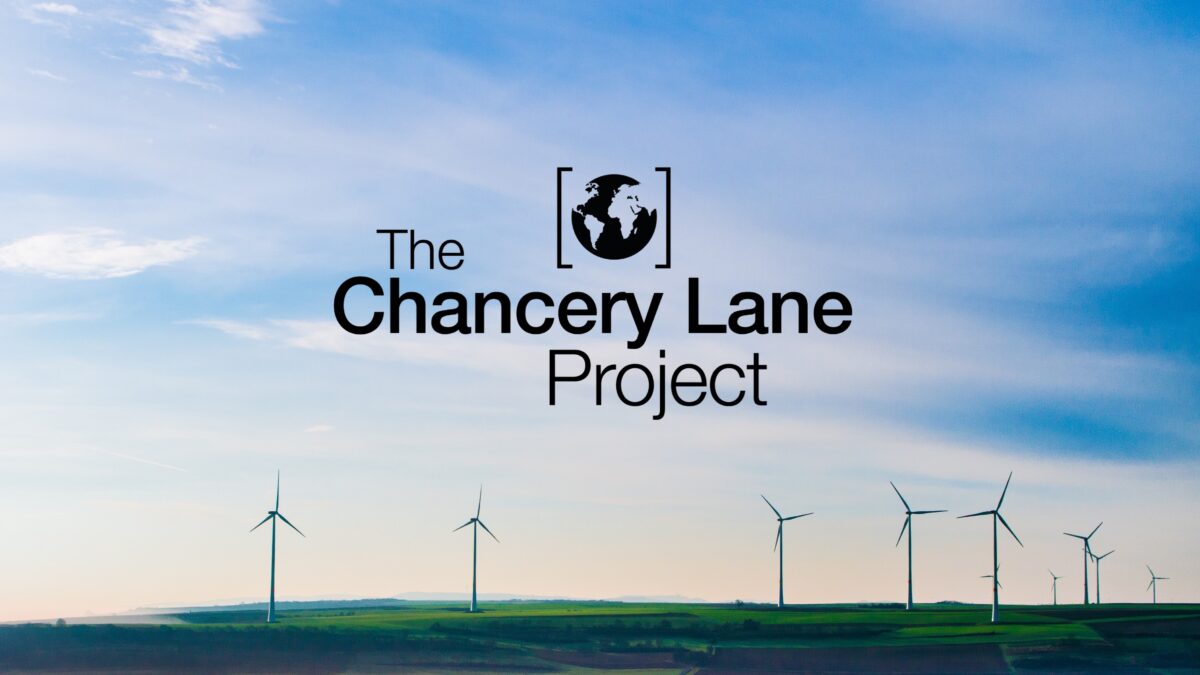By Dr. Snjólaug Árnadóttir. The climate crisis unveils legal gaps and inequitable outcomes of existing laws. Proposed projects which attempt to prevent and mitigate the impacts of climate change often fall into a legal lacuna. In particular, new methods for carbon dioxide removal are being developed to mitigate the adverse effects of the climate crisis, but legislators struggle to keep up with these developments, creating a host of legal gaps and uncertainties. There is an urgent need to bridge the gap between law and emerging industries and this calls for innovative lawyers to clarify the scope of existing laws and, in some instances, influence legal reform.
By Atty. Grizelda Mayo-Anda. Typhoon survivors, advocates, and the Greenpeace network celebrated a huge victory after the Philippines’ Commission on Human Rights (CHR) released a ground-breaking report on its National Inquiry on Climate Change (NICC). For communities experiencing the devastating impacts of climate change, this is one step toward holding corporations responsible for exacerbating the climate crisis, and demanding States to accelerate measures to prevent climate change.
By Jeanette Baumann. Lawyers play a crucial part in building and defining the framework of environmental action — they advise, communicate, represent, conduct research and analysis, prepare legal documents and interpret the law. The huge potential of legal action to provide solutions to the climate catastrophe heightens the need to focus on the lawyer’s carbon handprint and unleash the inherent multiplier effect lawyers can have for the betterment of society. As the Pledge argues, we need lawyers to integrate environmental action into all of their activities.
By Leonie Brabant and Jenni Ramos. Contracts govern human activities across all sectors and can either lock parties to business as usual or be drivers of change. Leonie Brabant and Jenni Ramos explain how lawyers can use contracts to deliver climate targets.
By Dr Chris McGrath. The case brought by eight children against Australia’s Federal Environment Minister was courageous and ambitious. Chris McGrath explains why the case remains an essential landmark in the fight for climate action even after the Court sided with the Minister in the appeal.
Macarena Montes and Kristen Stilt explain how the case of a single woolly monkey in Ecuador turned into a historic milestone for the rights of animals and set a new standard for environmental law.
By Hannah Foehr. The Climate Clinic offers free legal guidance on climate-related issues. In what ways a voluntary association can contribute to making our future a more sustainable one will be expanded on in the following.
Tim Crosland, Director, Plan B.Earth. On 18th October, Tim Crosland’s appeal will be heard before the UK Supreme Court, concerning his conviction for contempt of Court. Tim Crosland explains why he is relying on the Pledge in his appeal.
By Suzanne Van Arsdale. In a recent survey, legal academics were asked whether the law can help to protect future generations. They responded that it can. Suzanne Van Arsdale considers the implications for the use of the law to tackle the climate crisis.
By Tom Sparks. HRC48 has the opportunity to recognise the right to a healthy environment. The Lawyers’ Climate Pledge supports the call.










